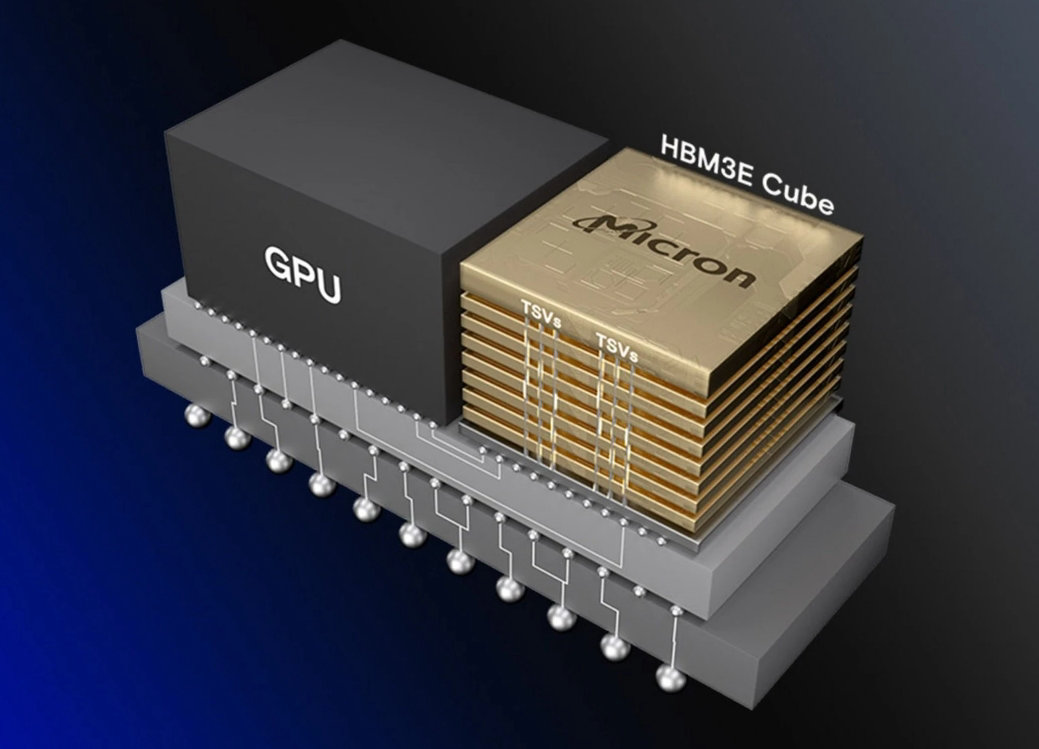Micron: HBM memory demand triples, production capacity is basically locked next year
Micron pointed out that when producing the same capacity at the same node, the most advanced HBM3E memory wafer consumption is three times that of standard DDR5. As performance improves and packaging complexity increases, it is expected that the wafer consumption ratio of HBM4 will further increase in the future. This high consumption is mainly caused by the low yield of HBM. HBM memory uses a multi-layer DRAM memory TSV connection stack. Once a problem occurs, the entire stack will be scrapped. Currently, the yield rate of HBM is about 2/3, which is much lower than that of traditional memory products.
Due to the rapid development in the field of artificial intelligence, the popular product HBM has been in short supply. SK Hynix has sold out its HBM production capacity this year, and Samsung has also completed the allocation of most of its production capacity this year. Mehrotra further said that Micron’s HBM production capacity has even been booked until next year.
HBM's high demand, coupled with its high wafer consumption, is squeezing the supply of other DRAMs. Micron said that non-HBM memory is facing tight supply.
In addition, Micron announced that its 8Hi HBM3E memory has begun mass shipments and is expected to contribute hundreds of millions of dollars in revenue to the company in the period ending in August of this fiscal year.
For the 12-layer stacked 36GB HBM3E, Mehrotra said that this future product had completed sampling earlier this month and plans to achieve mass production in 2025.


